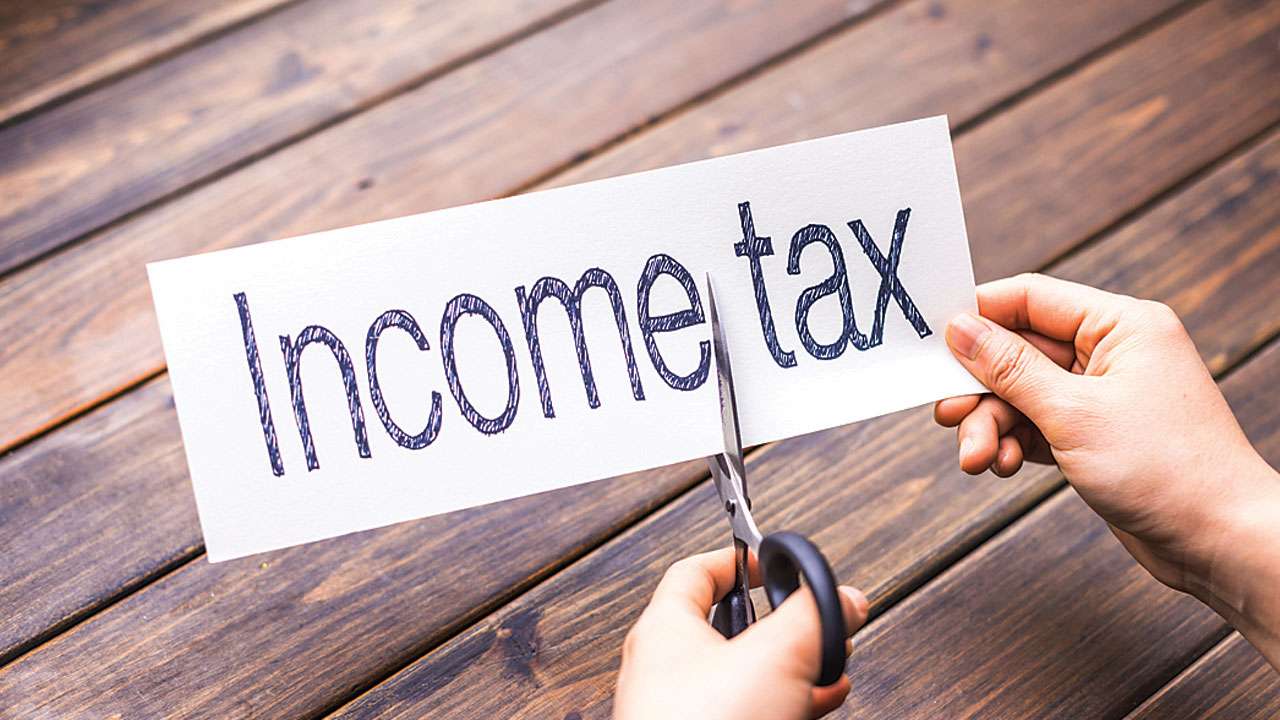During the Union Budget speech in the House, Union Finance Minister Nirmala Sitharaman on Wednesday announced change in income tax slabs, up to ₹7 lakh rebate under new income tax regime.
“Currently, those with income up to ₹5 lakh do not pay any income tax in both old and new tax regimes. I propose to increase the rebate limit to ₹7 lakh in the new tax regime. Thus, persons in the new tax regime, with income up to ` 7 lakh will not have to pay any tax,” said Finance Minister while presenting Budget 2023.
Read More:-Budget 2023: No income tax up to Rs 7 lakh; new Income Tax slabs rejigged – details
“The new tax regime has got a great boost by the Budget announcements made by the FM. Taxpayers at both ends of the spectrum will be encouraged under the new regime, as there will be no liability upto annual income of 7 lacs on 1 hand & surcharge on annual income above 5 crores has been reduced from 37 to 25% at the high income end,” said Alok Agrawal, Partner, Deloitte India.
Here are the 5 income tax rule changes announced by FM Sitharaman in Budget 2023
1) Tax rebate limit raised to ₹7 lakh from ₹5 lakh
Abhishek A Rastogi, Founder of Rastogi Chambers said in simple words, the enhancement of this limit to ₹7 lakh means that the person whose income is less than ₹7 lakhs need not invest anything to claim exemptions and the entire income would be tax-free irrespective of the quantum of investment made by such an individual.
Also Read : Union Budget 2023: New vs Old Tax Regime – See What Has Changed
This will result in giving more consumption power to the middle-class income group as they could spend the entire amount of income without bothering too much about investment schemes to take the benefit of exemptions, he added.
2) Changes in Income Tax slabs
“I propose to change the tax structure in new regime by reducing the number of slabs to five and increasing the tax exemption limit to ₹3 lakh,” said FM Sitharaman.
The new tax rates are
0-3 lakh – nil
3-6 lakh – 5%
6-9 lakh- 10%
9-12 lakh – 15%
12-15 lakh – 20%
above 15 lakh- 30%
The new system will decrease the six income categories to five.
“Tax assessors will still be able to choose from the prior regime. Salaried and pensioners: the new system’s standard deduction for taxable income exceeding Rs15.5 lakhs is ₹52,500,” said Amit Gupta, MD, SAG Infotech
Also Read : Union Budget 2023-24 Highlights: Check Big Announcements Made by FM Nirmala Sitharaman
3) For pensioners, the finance minister announced extending the benefit of standard deduction to new tax regime. Each salaried person with an income of ₹15.5 lakh or more will benefit by ₹52,500.
4) Maximum tax, along with surcharge, will be 39%
“The highest tax rate which in our country is 42.74 per cent. This is among the highest in the world. I propose to reduce the highest surcharge rate from 37 per cent to 25 per cent in the new tax regime. This would result in reduction of the maximum tax rate to 39 per cent,” announced FM while presenting Budget 2023.
“Tax rates have been reduced under the new tax regime and the maximum marginal rate drops from 42.74% to 39%,” said Saraswathi Kasturirangan, Partner, Deloitte India
5) Leave encashment
Lastly, the limit of ₹3 lakh for tax exemption on leave encashment on retirement of non-government salaried employees was last fixed in the year 2002, when the highest basic pay in the government was ₹30,000 pm. In line with the increase in government salaries, I am proposing to increase this limit to ₹25 lakh.
New income tax regime to be default regime
Amit Gupta, MD, SAG Infotech said that the new information technology system will act as the default tax regime. Tax assessors will still be able to choose from the prior regime. Salaried and pensioners: the new system’s standard deduction for taxable income exceeding Rs.15.5 lakhs is ₹52,500.
Read More: LIC Jeevan Lakshya: Invest Rs 97 PD and get Rs 5 lakh life cover plus maturity benefits
“The government is actively promoting the new tax regime, which will now be the default tax regime. The basic exemption under this regime has increased to 3 lakhs from 2.5 lakhs. Individual tax payers earning up to ₹7 lakhs will not have to pay taxes as compared to current limit of ₹5 lakhs,” said Saraswathi Kasturirangan, Partner, Deloitte India.
The government in Budget 2020-21 brought in an optional income tax regime, under which individuals and Hindu Undivided Families (HUFs) were to be taxed at lower rates if they did not avail specified exemptions and deductions, like house rent allowance (HRA), interest on home loan, investments made under Section 80C, 80D and 80CCD. Under this, total income up to ₹2.5 lakh was tax exempt.
Currently, a 5 per cent tax is levied on total income between ₹2.5 lakh and ₹5 lakh, 10 per cent on ₹5 lakh to ₹7.5 lakh, 15 per cent on ₹7.5 lakh to ₹10 lakh, 20 per cent on ₹10 lakh to ₹12.5 lakh, 25 per cent on ₹12.5 lakh to ₹15 lakh, and 30 per cent on above ₹15 lakh. With effect from April 1, these slabs will be modified as per the Budget announcement.



































